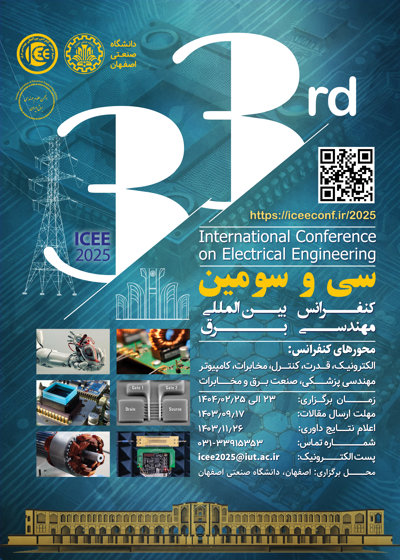0% Complete

نویسندگان :
کلمات کلیدی :
چکیده :
لیست مقالات بایگانی شده
Seyed mohsen Mortazavi - Reza Beiranvand
Esmail Zahmatkeshan - Mohsen Bandekhoda
Saba Nikseresht - Saeed Khankalantary
Mohammad jafar Gholami Kenari - Ehsanollah Kabir
صادق رنجبر - رزا صفایی - محمدحسین شیخی
علی چراغی - امیرحسین جراره - سعید شمقدری
Omid Babazadeh - Hassan Nasseri
Abdolah RoshanaeeDeh - Masoud Shafiee - Hajar Atrianfar
Saeed Mahdizadeh - Reza Sharifi Shahrivar - Hossein Gholizadeh - Ebrahim Afjei




